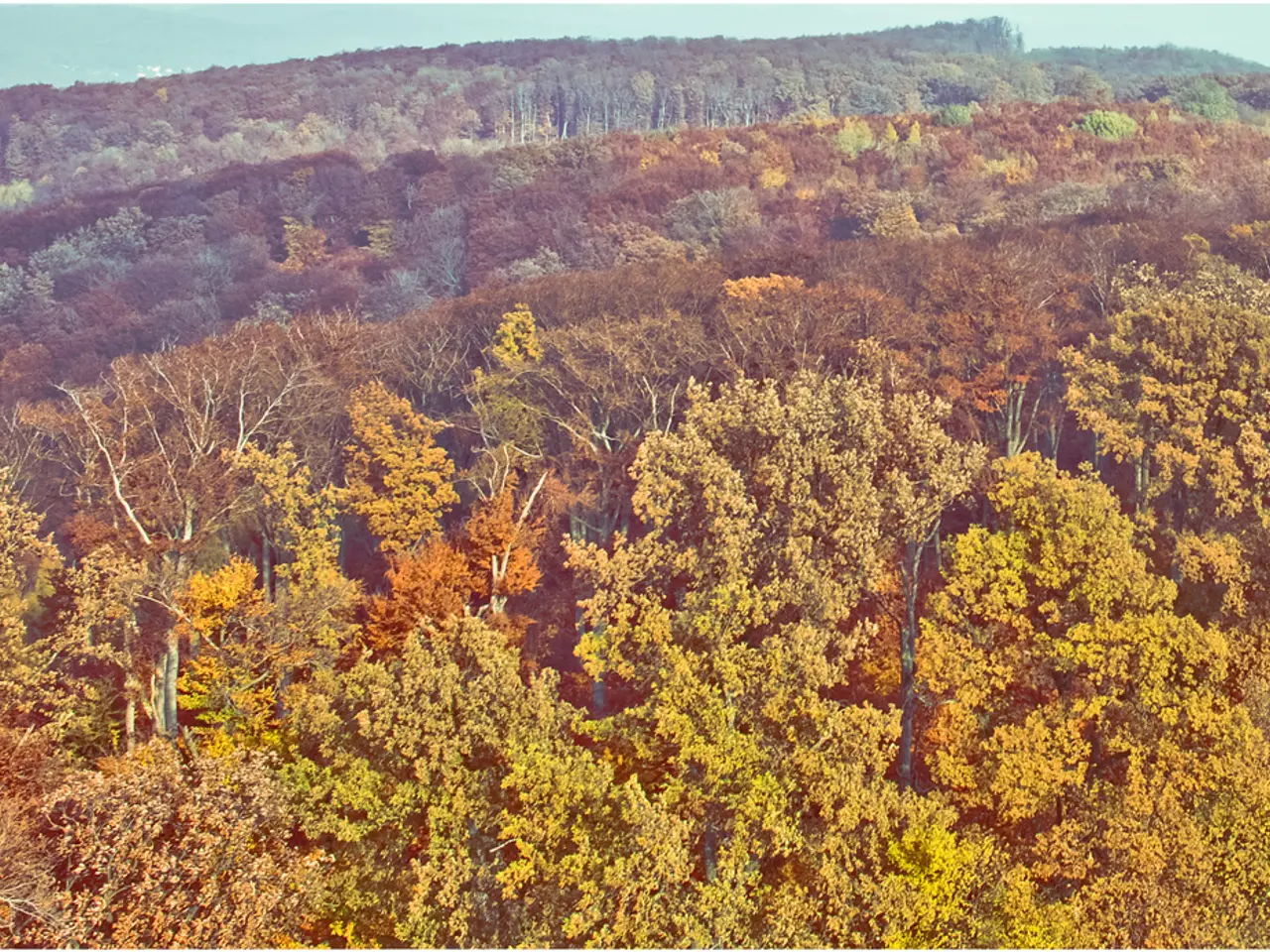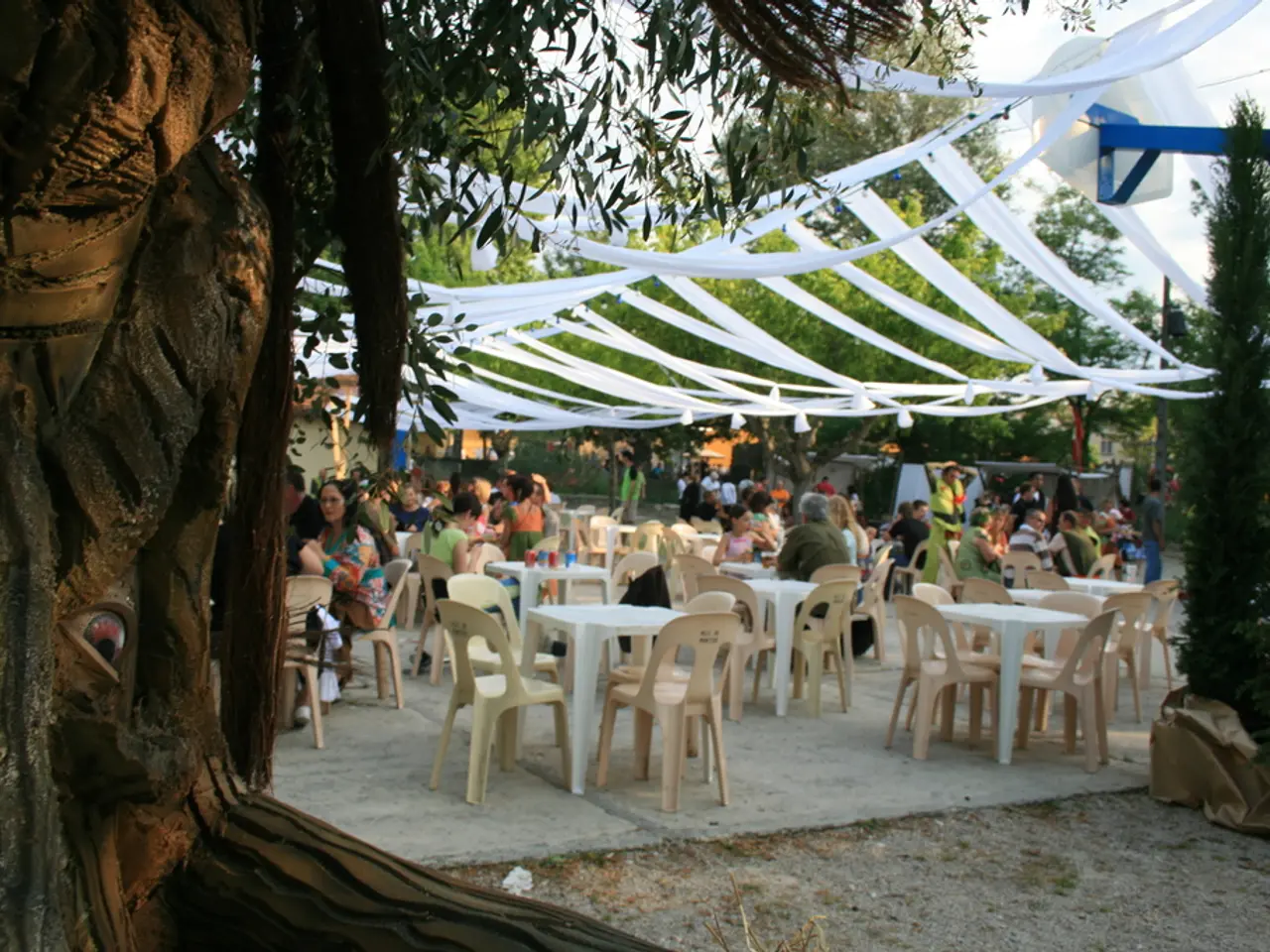Urban Forests: Could miniature forests offer salvation for cityscapes?
In the heart of bustling cities, a new form of green space is taking root. Known as microforests or Miyawaki forests, these small, dense, and fast-growing native forests are promising a green solution for urban areas.
Microforests are not your typical parks or flowerbeds. They are living, pulsating systems, consisting of a diverse mix of 20 to 40 native tree species and shrubs, planted very close together, with as many as 3-5 seedlings per square meter. This close planting encourages competition for light and space, leading to faster growth, resilience, and the formation of a self-sustaining ecosystem resistant to drought and disease.
The journey of microforests began in Japan, where botanist Akira Miyawaki developed the Miyawaki Method for ecological restoration. This method emphasizes understanding local soil conditions and selecting a diverse range of native species suited to that environment. The process involves soil preparation using organic matter such as compost and mulch, dense planting, root system development, and the creation of a microclimate that supports understory vegetation.
In densely built urban neighbourhoods, microforests offer several ecological and societal benefits. Their small footprint allows afforestation in tight urban plots, vacant lots, rooftops, or degraded land. They mature 10 times faster than traditional forests, delivering quick environmental impacts. By using native species diversity, they support local ecosystems, providing habitat for insects, birds, and urban wildlife.
Moreover, microforests contribute to cooling urban heat islands by shading and evapotranspiration, reducing local temperatures. They also improve air quality by filtering pollutants and increasing oxygen production. These forests can foster environmental awareness and wellbeing among city residents, making them a potential solution for greening densely built neighbourhoods, courtyards, narrow roadside strips, and forgotten patches of land.
Microforests are already gaining traction in Europe, with the first implementations in Poland. As cities of the future incorporate green spaces extensively, not just in declarations, microforests may play a significant role in promoting a transformative urban greening movement. They have the potential to bring green, biodiverse, and climate-resilient ecosystems quickly into highly built urban settings, enhancing urban environmental quality and livability on a broad scale.
References:
- Miyawaki, A. (2002). The Miyawaki method of afforestation. Journal of Tropical Forest Science, 14(2), 117-122.
- Nowak, D. J., Crane, P. R., Cormier, T. E., Kiesecker, K. R., Knoepp, J. E., Lai, M. C., ... & Wiegand, B. (2006). Urban trees and air quality. Urban Forestry & Urban Greening, 4(3), 139-148.
- Chazdon, R. L. (2014). Forest fragmentation: causes, consequences, and solutions. Annual Review of Ecology, Evolution, and Systematics, 45, 419-441.
- Monteith, J. L., & Unsworth, M. H. (1990). Evapotranspiration and the hydrological cycle. Nature, 346(6278), 285-292.
- Pauleit, S., Bossdorf, O., & Büchy, N. (2011). Urban forests and urban woodlands: ecological functions, ecosystem services, and management. Springer Science & Business Media.
- Despite their small size, these Miyawaki-style microforests, with their rich mix of native trees and shrubs, contribute significantly to the environmental-science aspect of urban living, providing habitats for local wildlife and contributing to the cleaning of air through filtration and increased oxygen production.
- As city residents increasingly adopt home-and-garden designs that incorporate native species and eco-friendly practices, the lifestyle choices they make can have a ripple effect, potentially paving the way for a more resilient urban environment, empowered by the principles of environmental-science and informed by the best practices of home-and-garden management.




